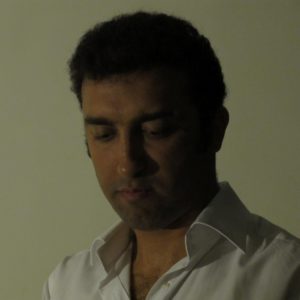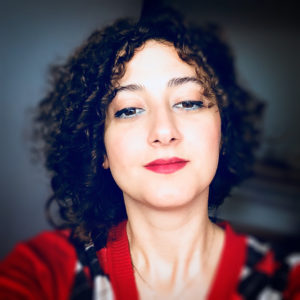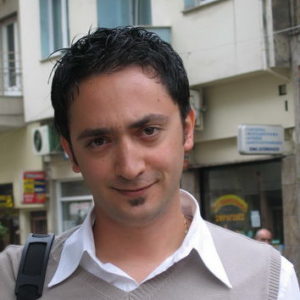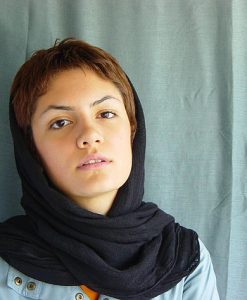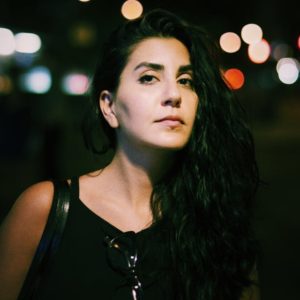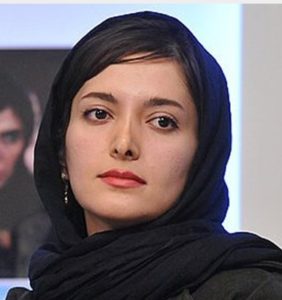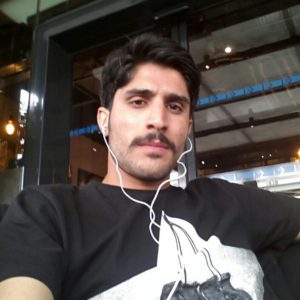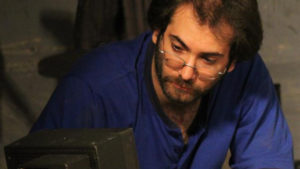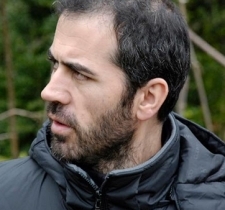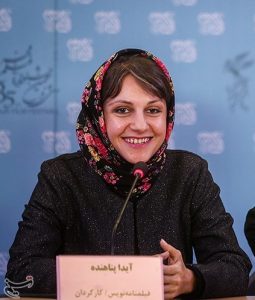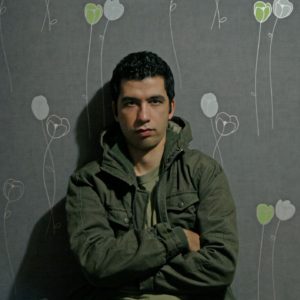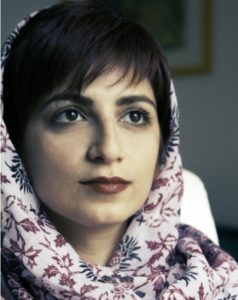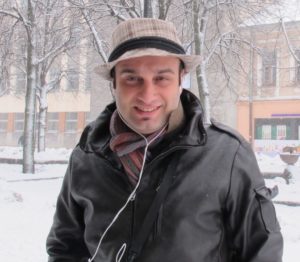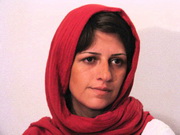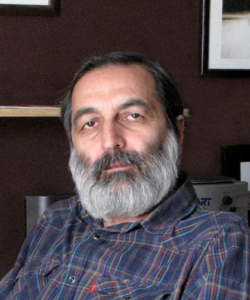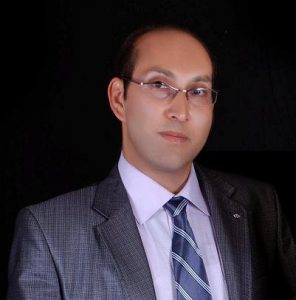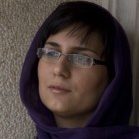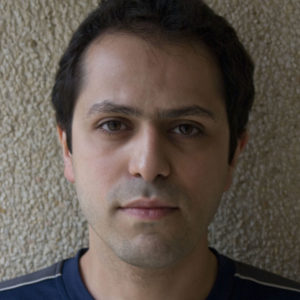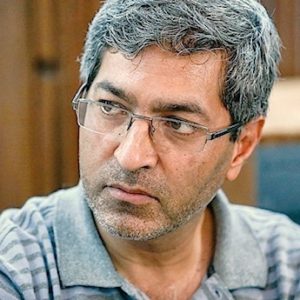2th FESTIVAL CINEMA INVISIBLE (FCI) ANNOUNCEMENT
Thursday, May 2 to Sunday, May 5 , 2013 at University of Maryland, MD
2th edition hosts more than 40 films from Persian-speaking communities and the greater Middle East region.
A Note from Ahmet T. Karamustafa
From the 11th century until well into the 20th century, Persian was the language of imperial administration and cultural sophistication in many regions of the vast Eurasian landmass, especially in west, central, and south Asia. Cultivated by the cultural and political elites of numerous polities as the preferred language of political rule and literary refinement, Persian assumed the status of a shared cosmopolitan language of political legitimacy, learned elegance and poetic eloquence for a whole millennium in much of Asia. The Seljuks and Ghaznavids of Iran as well as the Ghurids and Delhi sultanate of India during the 11th and 12th centuries, the Seljuks of Anatolia and Mongol Ilkhans of Iran as well as the Timurid rulers of west and central Asia during the the 13th and 14th centuries, then the Safavid, Mughal and Ottoman empires of the early modern period all cherished Persian at various levels as their preferred language of political, scholarly and literary achievement for long centuries. The result is that Persian is now the shared cultural heritage of vast numbers of people in a belt that runs from Sarajevo to Calcutta and from Hyderabad to Kazan. Obviously, not all the inhabitants of such a vast area are today speakers of Persian, Dari or Tajik themselves, but their rich and variegated histories are all inextricably intertwined with the Persian language, and the enormous legacy of Persian as a language of politics, learning, literature and the arts is still palpable in the cultural spaces of their societies in the form of manuscripts, epigraphy on monumental architecture, miniature painting, dramatic performance and the linguistic presence of Persian in vernacular languages, from Turkish, Armenian and Georgian to Kashmiri, Urdu and Gujarati. Under these circumstances, it is heartening and exciting to see a film festival, Festival Cinema Invisible, now opening itself up to the myriad ways in which this vast legacy of Persian is reflected in the visual cultures of the many societies that are the shared custodians of this millennium-long heritage. Film is perhaps the ideal medium with which to capture the kaleidoscopic reflections of the “Persian Millennium” and its contemporary reverberations, and it is with genuine anticipation that we will all look forward to the next iteration of the Festival in 2015!
Ahmet T. Karamustafa, PhD
Professor of History
University of Maryland
May 2013
